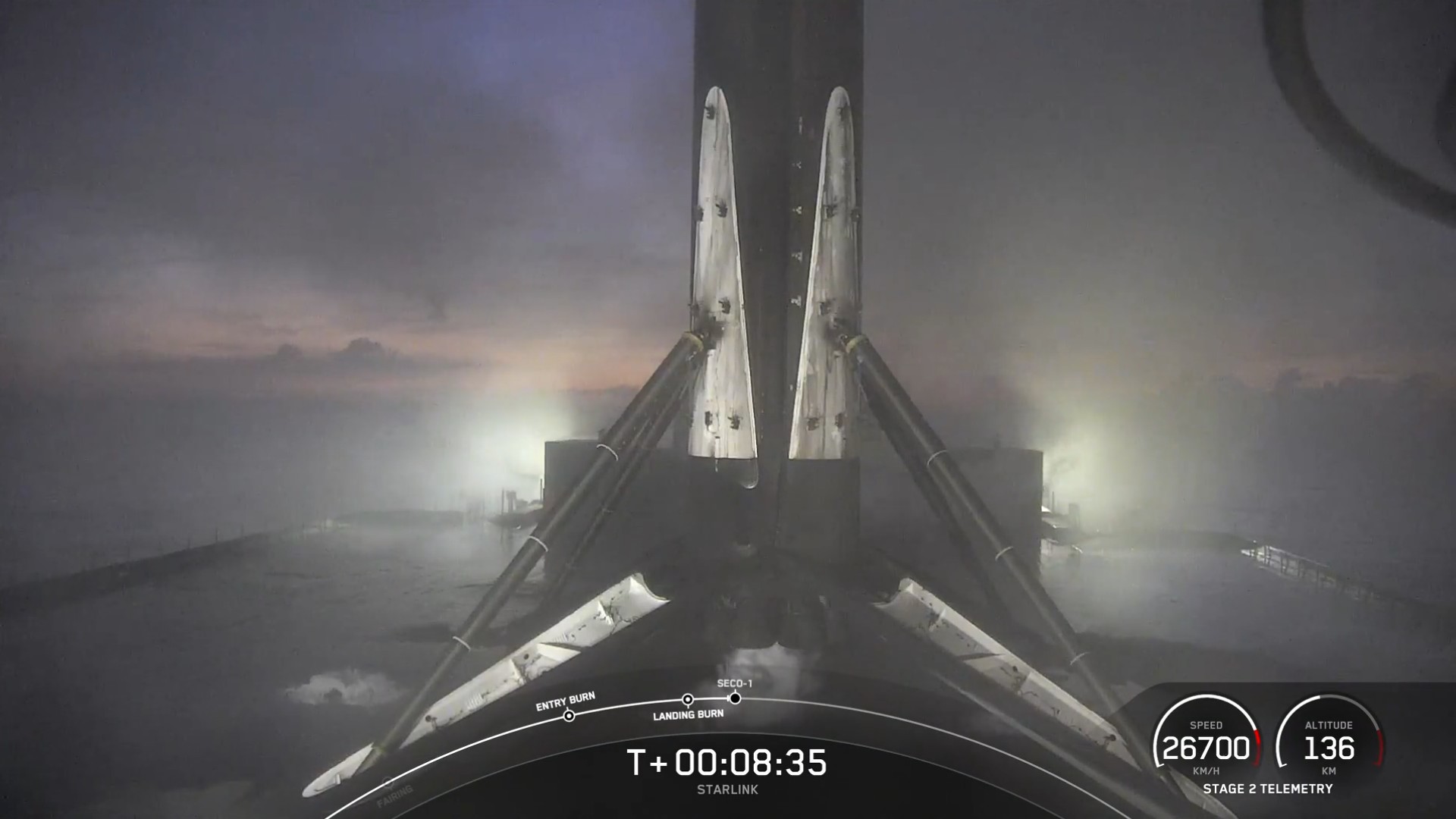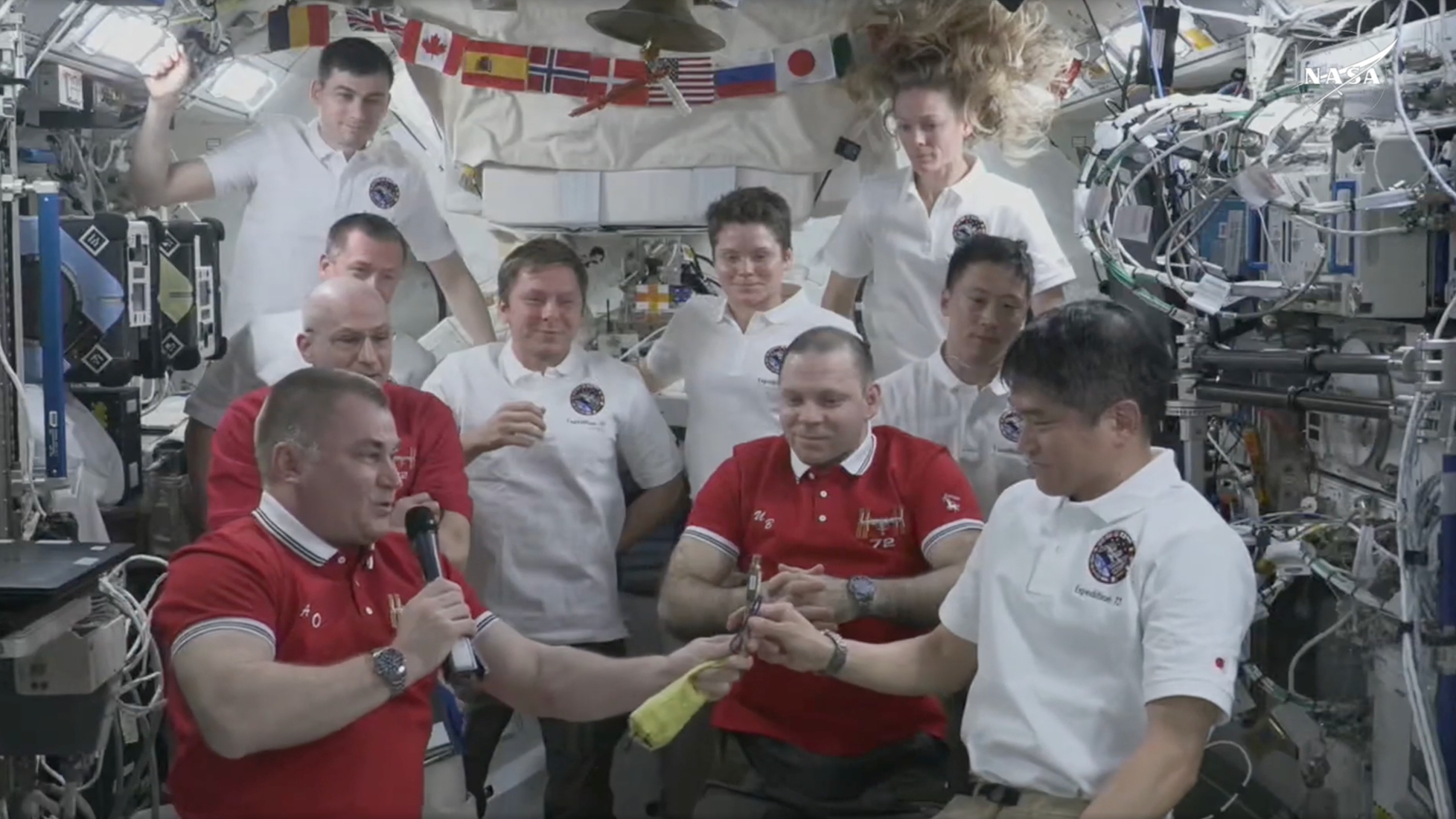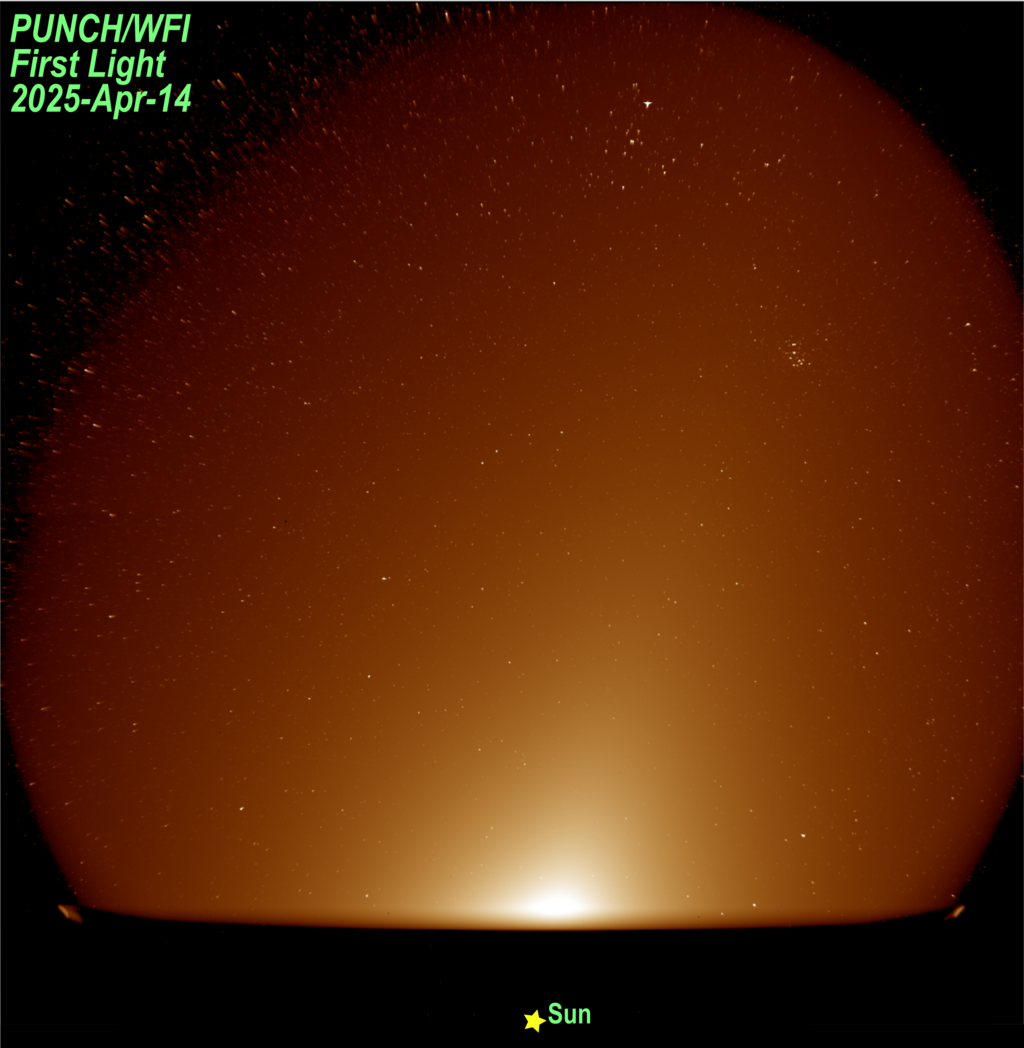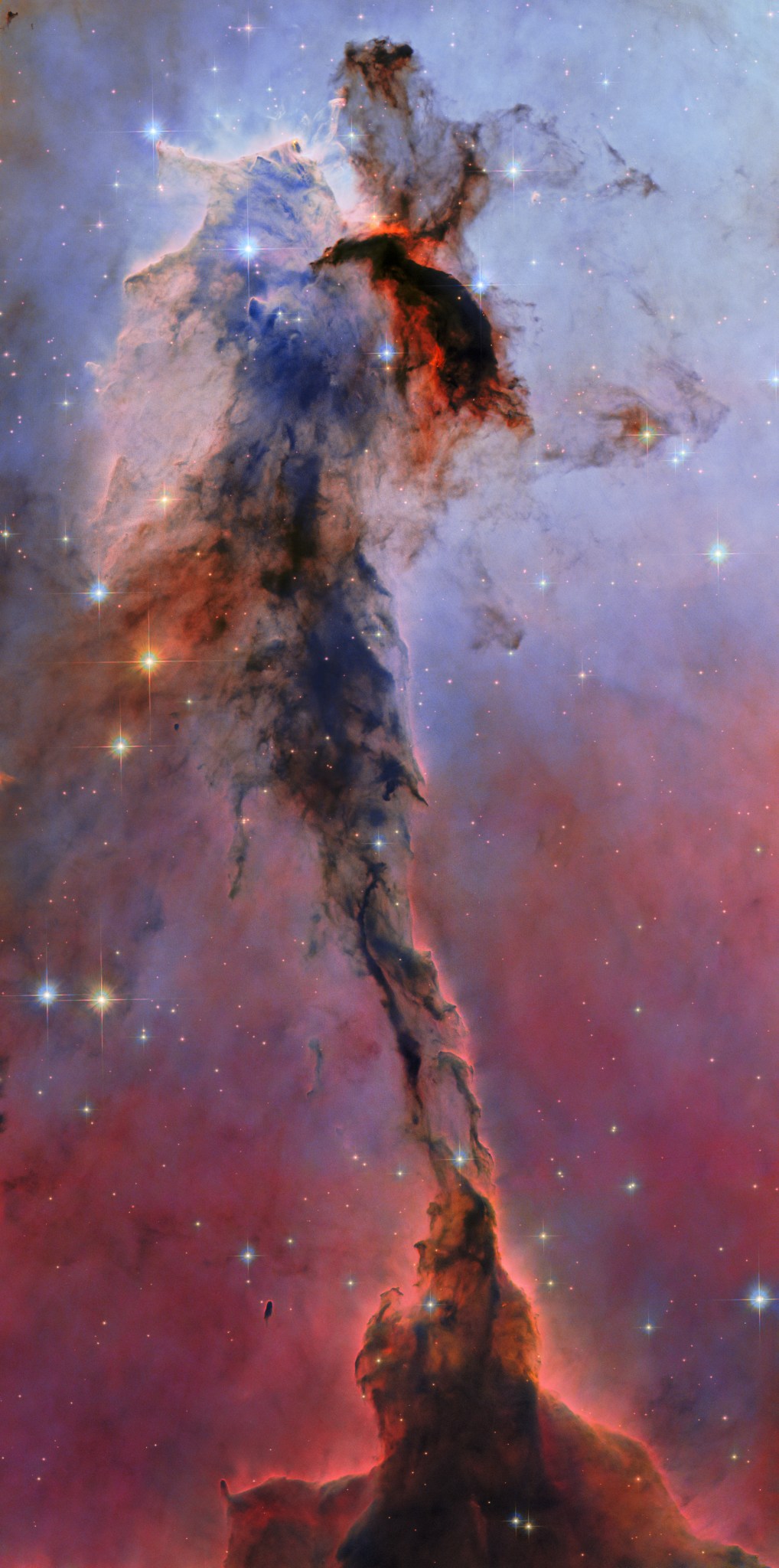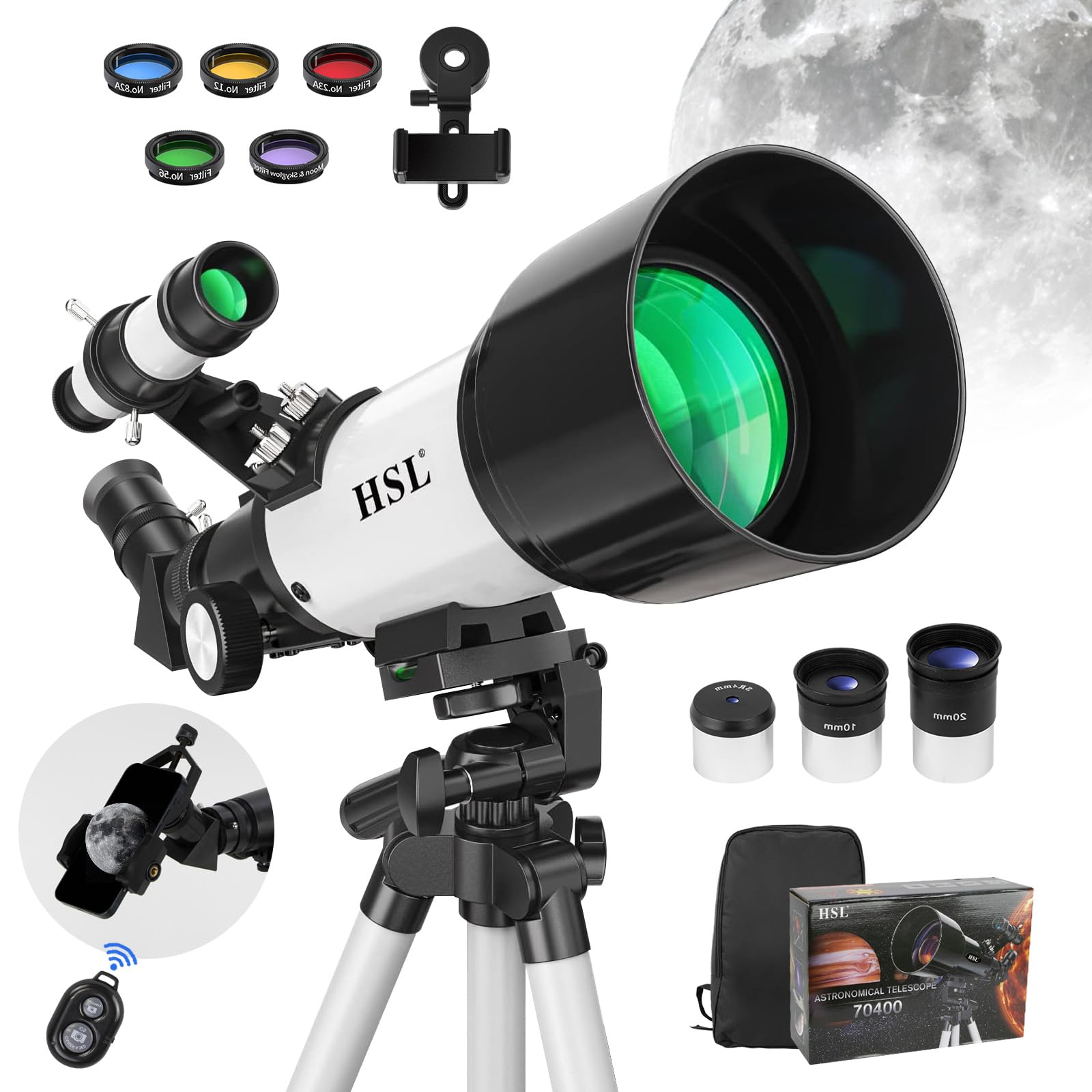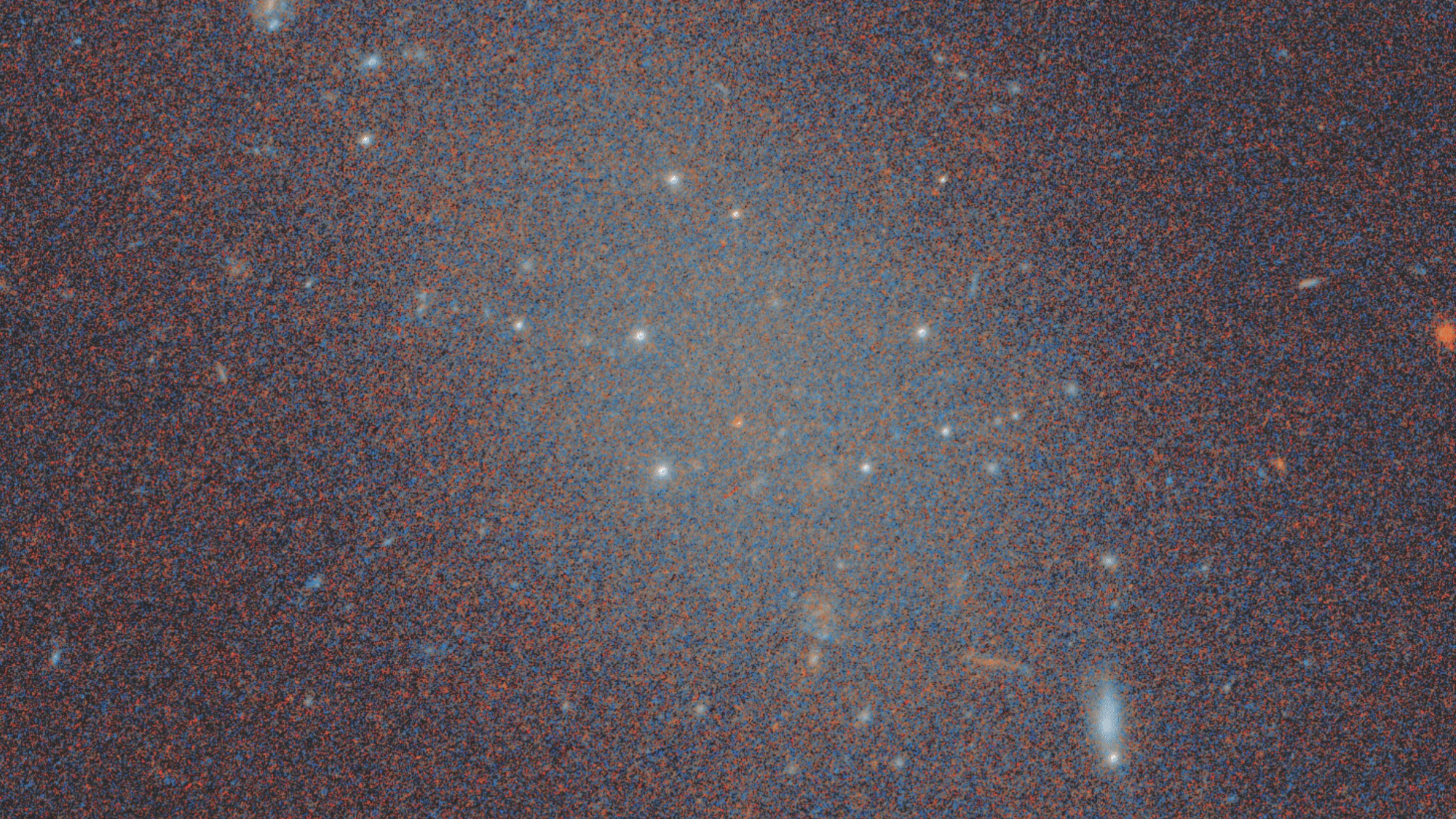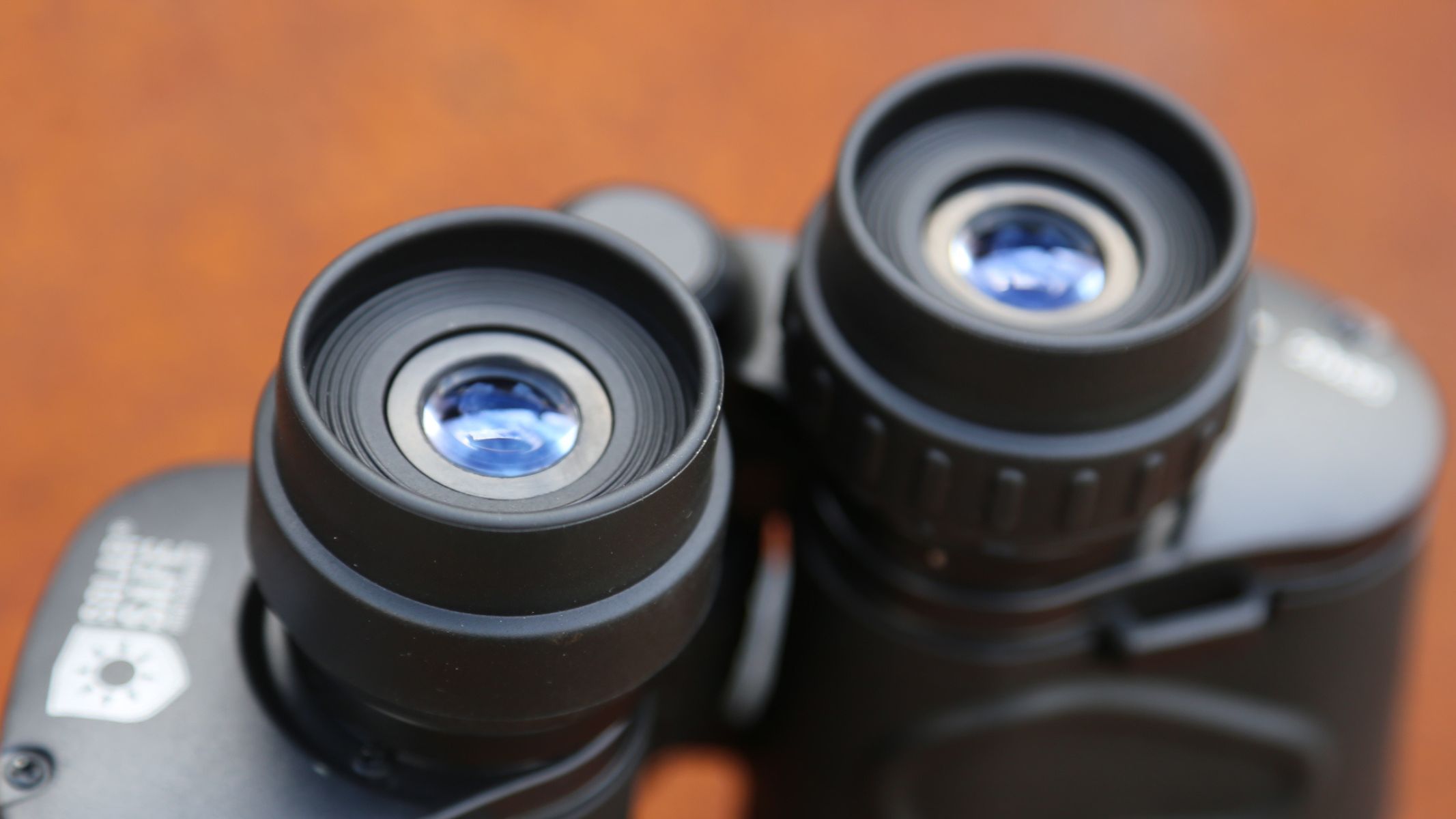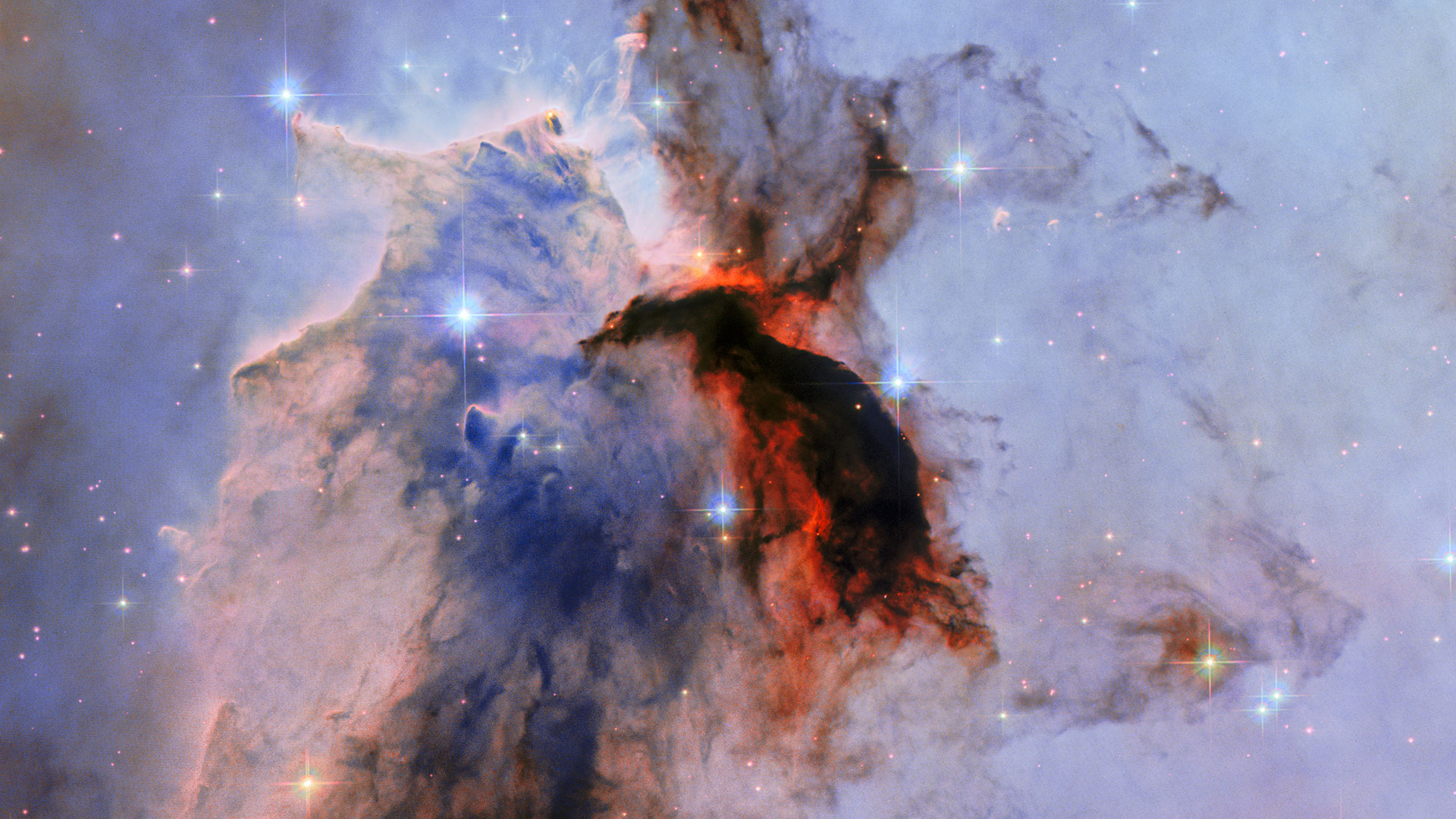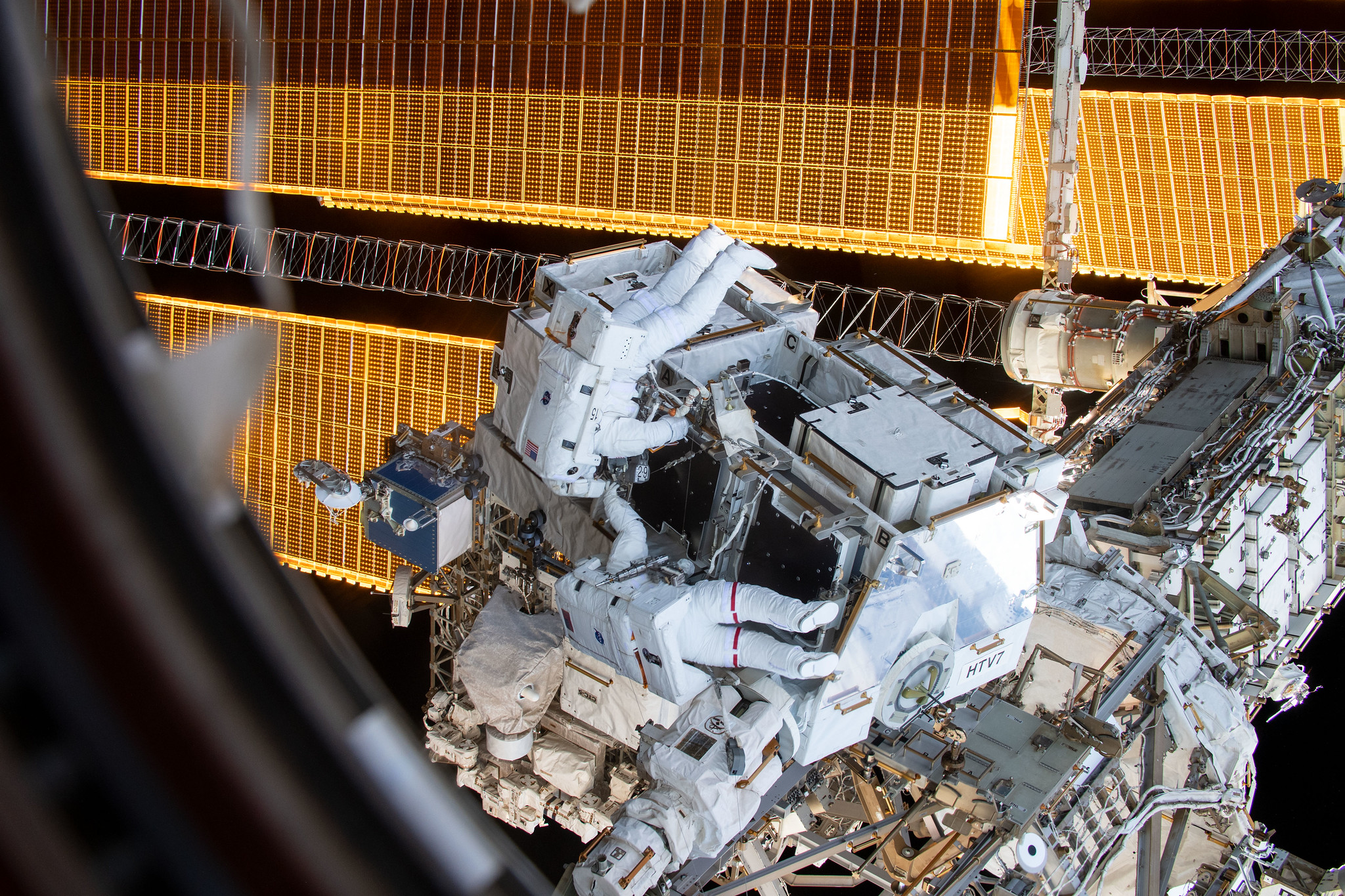Just months after SpaceX landed a Falcon 9 rocket in the Bahamas for the first time, the country has hit pause on future landings pending an environmental review, according to
Archive for April, 202541- Page
The keys to the International Space Station just changed hands. Cosmonaut Alexey Ovchinin of the Russian space agency Roscosmos passed control of the orbiting lab over to Takuya Onishi of
Scientists announced on Friday (April 18) that the newest solar investigator in town has captured its first-light images — or should I say the newest solar investigators. That is, this
Despite some stumbles along the way, most fans agree The Mandalorian season 3 ended strong with a season finale that felt conclusive (mostly). With The Mandalorian & Grogu set to
ESA/Hubble & NASA, K. Noll This newly reprocessed image released on April 18, 2025, provides a new view of an enormous, 9.5-light-year-tall pillar of cold gas and dust. Despite its
With the current focus on where the mysteries of the cosmos beckon to both the young and the young at heart, the HSL Telescope emerges as a beacon for budding
Astronomers have stumbled upon yet another ghostly galaxy that appears to be devoid of dark matter. Dark matter, the invisible substance astronomers believe dominates the universe, provides the gravitational scaffolding
Specifications Optics: BK-7 Solar filter: White-light solar filter (ISO 12312-2:2015(E)) Design: Porro prism Magnification: 20x Objective lens diameter: 50 mm Waterproof/fog-proof: Water resistant Eye relief: 8 mm Weight: 1.96 pounds
A vast stellar nursery in the Eagle Nebula is seen as a towering spire of gas and dust through the use of the Hubble Space Telescope and new data processing
NASA astronauts work to retrieve batteries and adapter plates from an external pallet during a spacewalk to upgrade the International Space Station’s power storage capacity. Credit: NASA Two NASA astronauts
-
 012024 in Review: Highlights from NASA in Silicon Valley
012024 in Review: Highlights from NASA in Silicon Valley -
 02Panasonic Leica Summilux DG 15mm f/1.7 ASPH review
02Panasonic Leica Summilux DG 15mm f/1.7 ASPH review -
 03How New NASA, India Earth Satellite NISAR Will See Earth
03How New NASA, India Earth Satellite NISAR Will See Earth -
 04And Thus Begins A New Year For Life On Earth
04And Thus Begins A New Year For Life On Earth -
 05Astronomy Activation Ambassadors: A New Era
05Astronomy Activation Ambassadors: A New Era -
06SpaceX launch surge helps set new global launch record in 2024
-
 07Space Force plans new ‘Futures Command’ amid pressure to speed up modernization
07Space Force plans new ‘Futures Command’ amid pressure to speed up modernization


